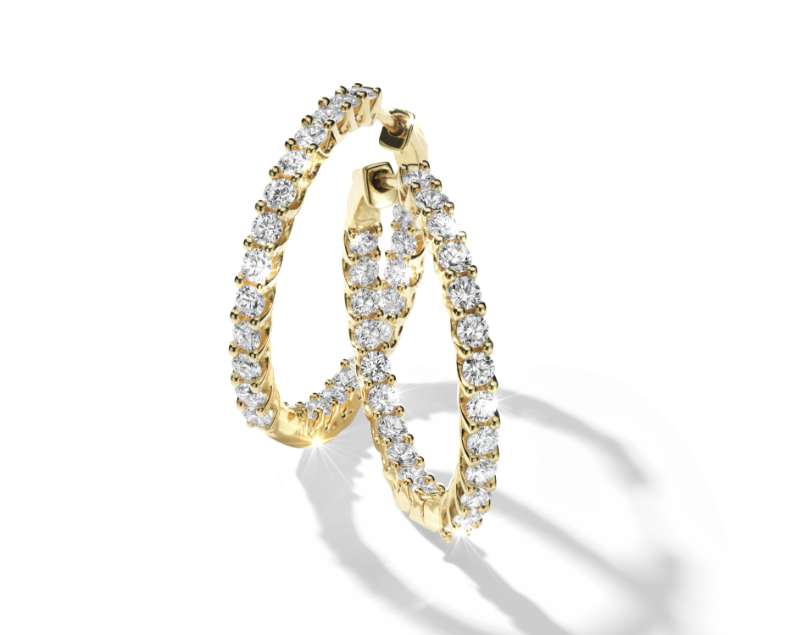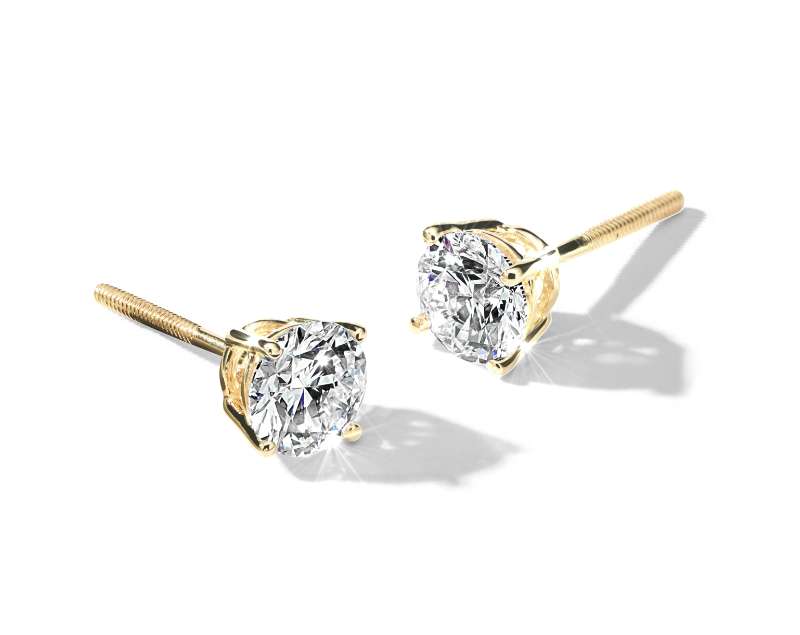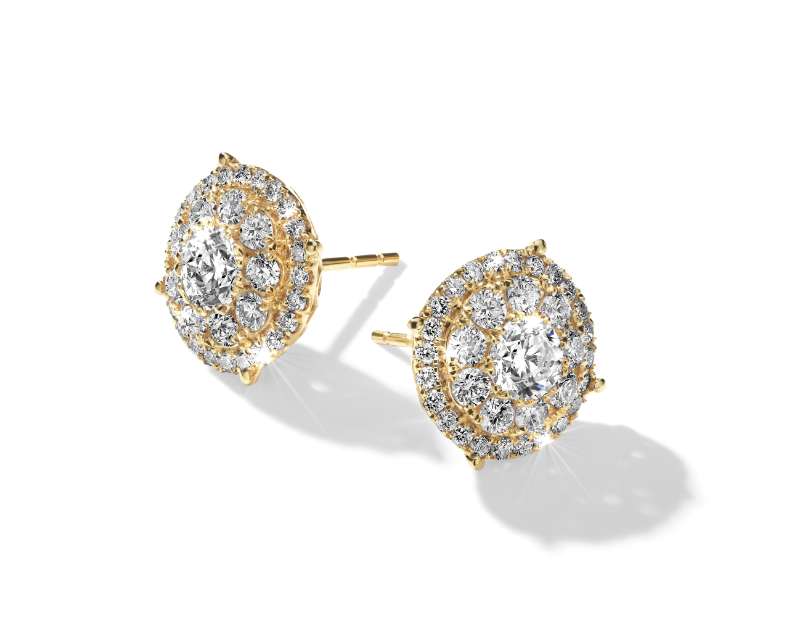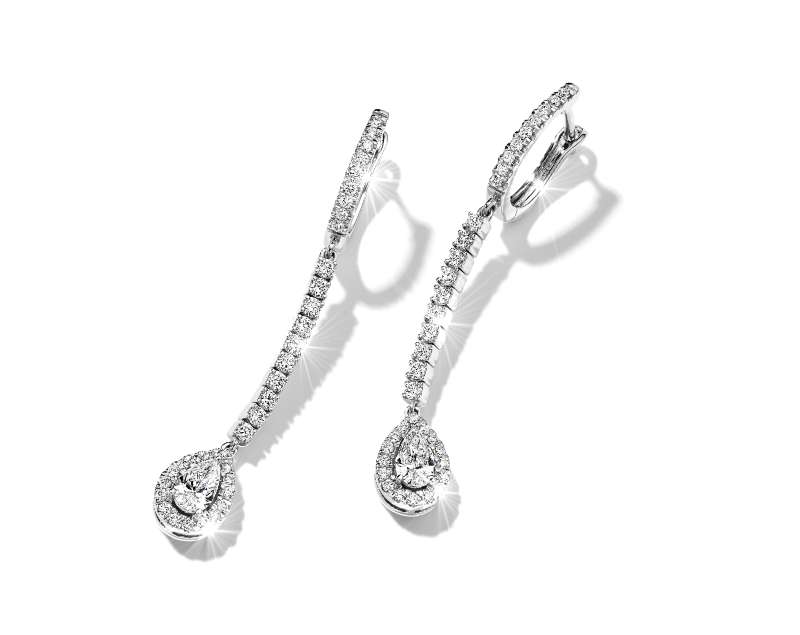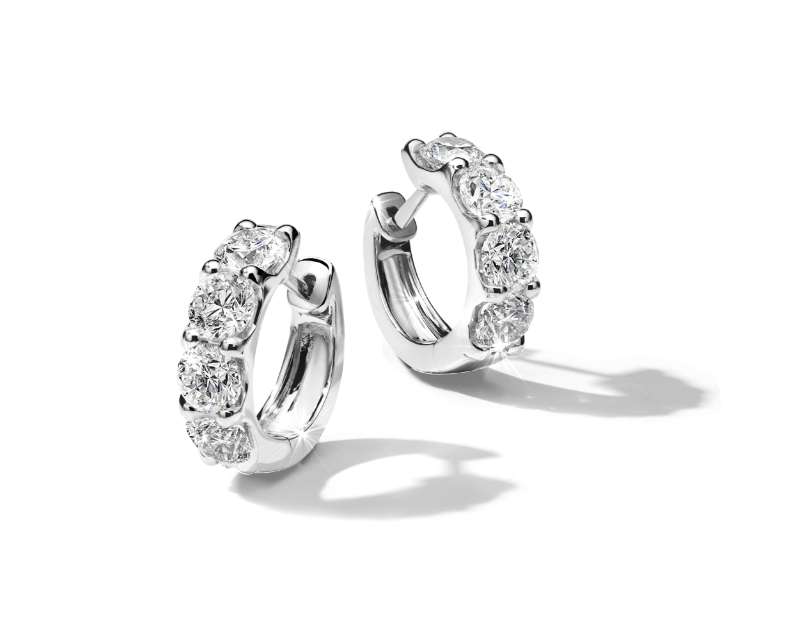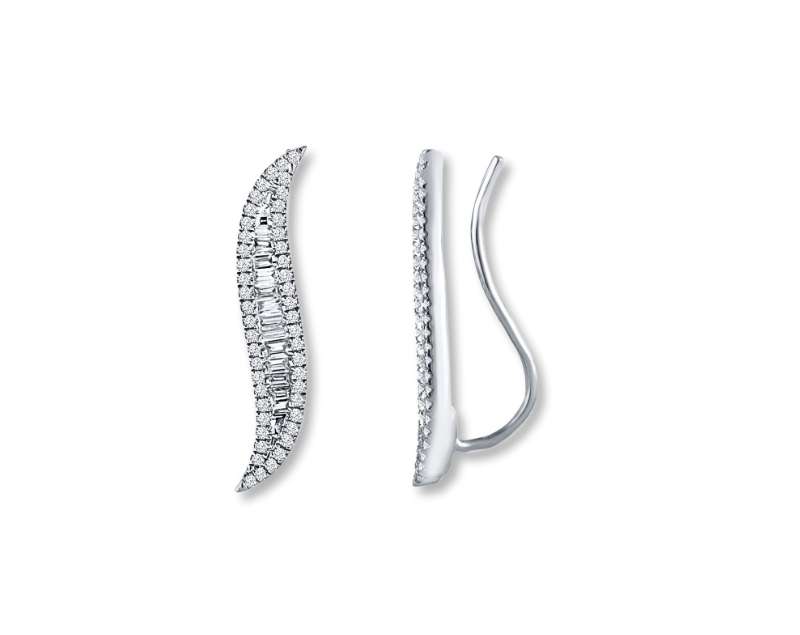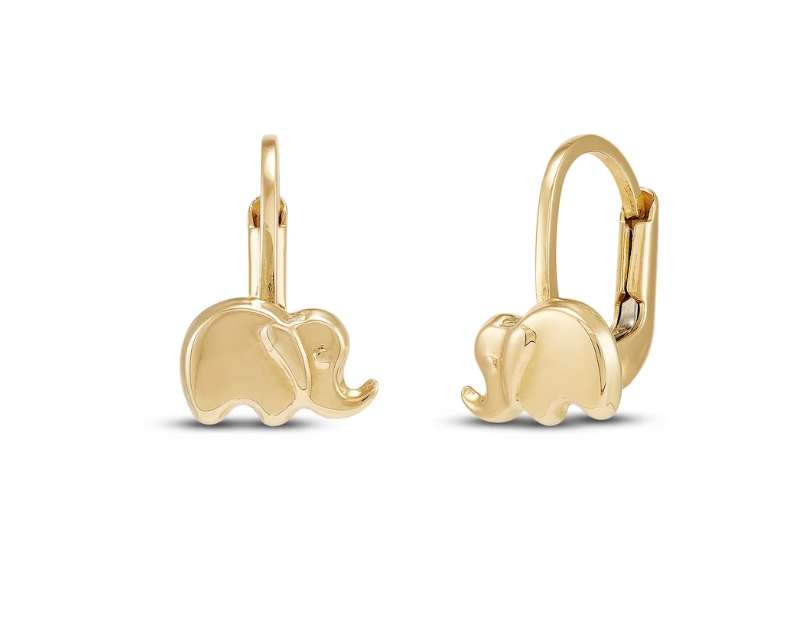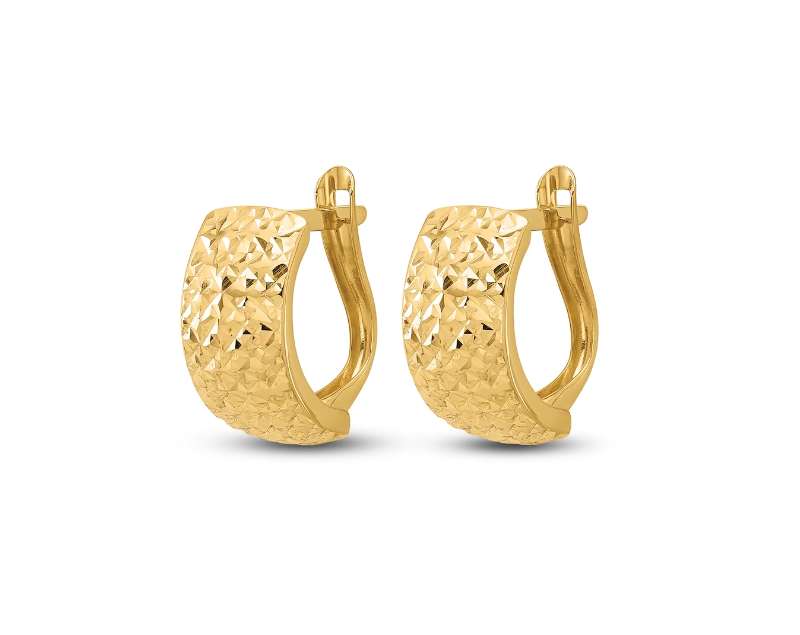Earrings 101: Types & Backs | Jared
Types of Earrings & Backs
Get familiar with common earring styles and backs.
Hoop Earrings
A continuous piece of metal sweeps from front to back in these everyday favorites. While often round, hoop earrings come in a chic range of shapes and silhouettes. Whether crafted in yellow gold or adorned with diamonds, these stunners are always in style.
Solitaire Earrings
Timeless for a reason. Solitaires feature a singular diamond or gemstone that’s connected to a straight post for a floating effect. Minimal yet glamorous, solitaires capture the spirit of enduring elegance.
Earring Jackets
Instantly transform your everyday studs or solitaires with earring jackets. Each unique style is designed with a hole, allowing you to easily push your existing earrings through to create a glamorous new look.
Stud Earrings
The ultimate wardrobe staple, a classic pair of stud earrings are as versatile as they are sophisticated. Attached to a straight post and available in an extensive range of shapes, metals, and gemstones, studs can be dressed up or down and worn stacked or solo.
Dangle & Drop Earrings
A red-carpet favorite, dangle earrings dramatically drop from the earlobe for eye-catching movement. Shorter styles are great for casual looks, while longer shapes adorned with diamonds or gemstones are ideal for formal occasions.
Huggie Earrings
These mini hoops ‘hug’ the earlobe by curving around and carefully latching in the back. Huggies eliminate the risk of catching or snagging, making them a perfect choice for everyday wear and those with active lifestyles.
Climber Earrings
For those craving extra drama, ear climbers are a bold and trend-forward option. Starting at the base of the earlobe, they work their way upwards, curving towards the top of the ear. A wire hugs the back to keep the earring in place and achieve the climbing illusion.
Types Of Earring Backs
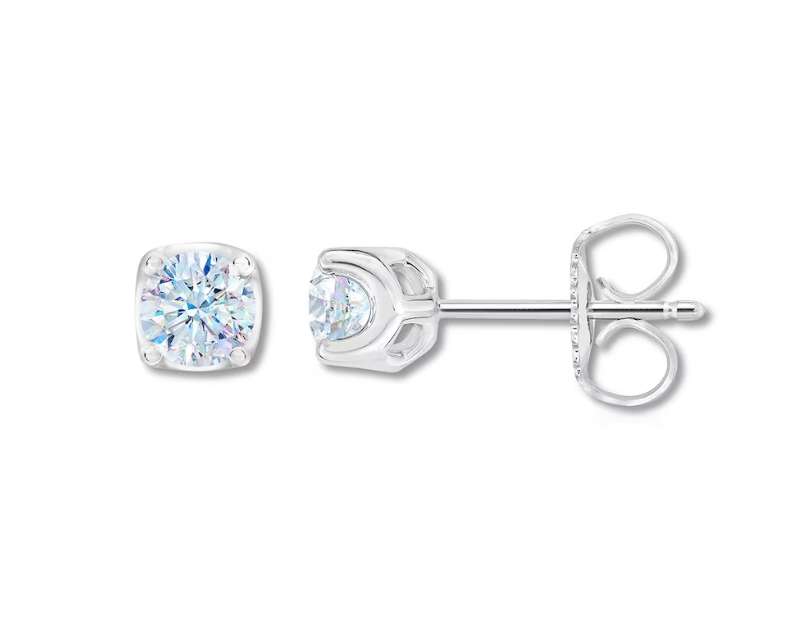
Friction Back Earrings
The most common type of earring back, also called push backs or butterfly backs, have a single post that goes through the piercing and is held in place by a separate piece of metal that pushes onto the post, securing it.
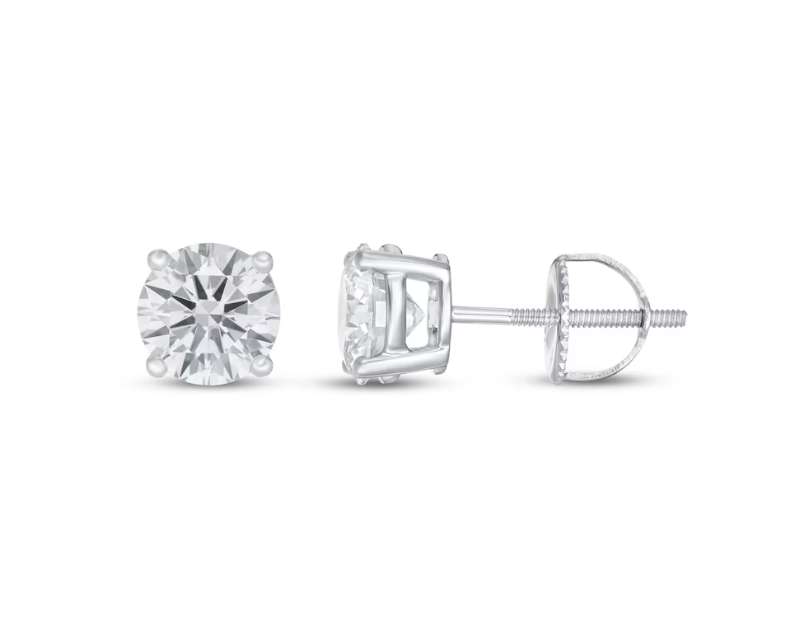
Screw Back Earrings
A single post attaches to a separate closure piece that spins together to fasten and unfasten. Commonly found on fine jewelry pieces, screw backs are more secure than friction backs.

Flat Back Earrings
Designed for maximum comfort, flatbacks, or ‘threadless posts', are a great choice for first-time piercings or advanced piercings like the helix or conch since they won’t poke behind your ear. The post slides from the back of your ear and secures at the front.
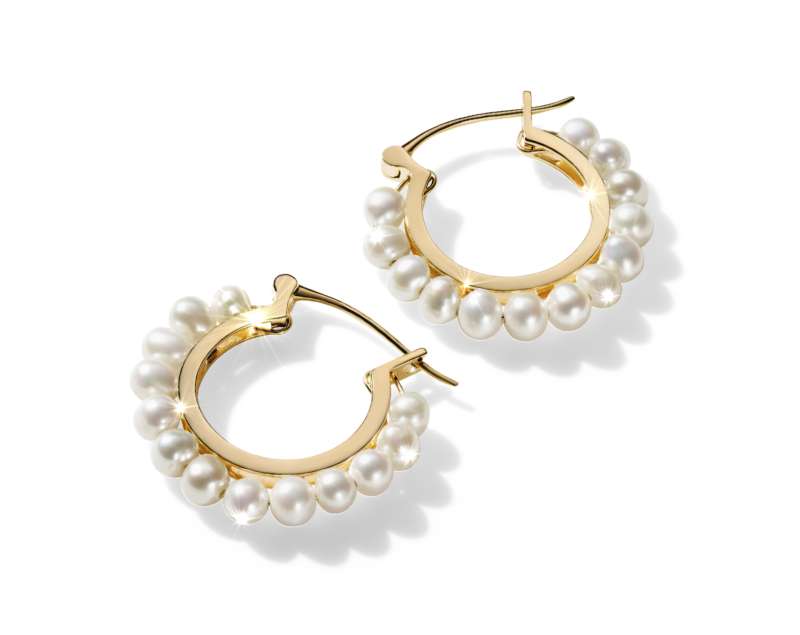
Latch Back Earrings
Often found on dangling or drop earrings, a latch closure, similar to a fence gate, provides added security to keep earrings locked and looped through the ear.
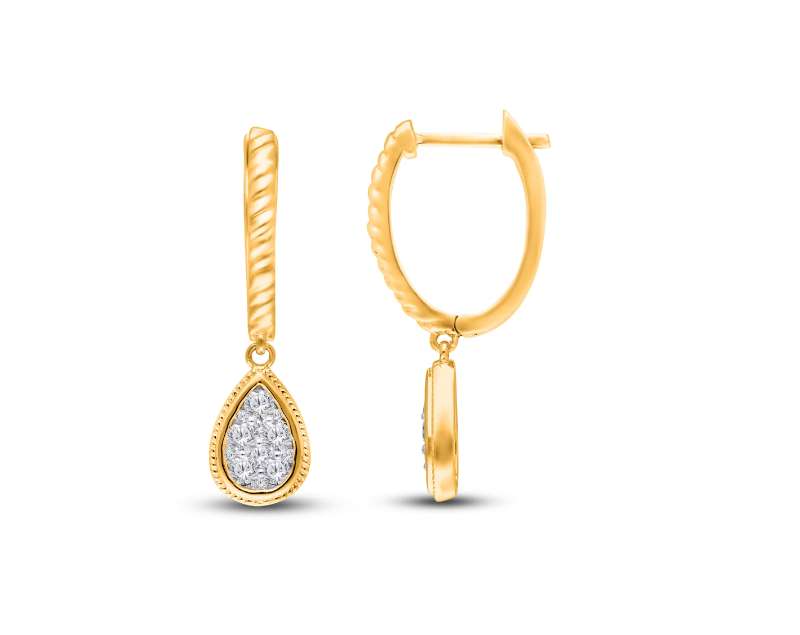
Hinge Back Earrings
Sometimes referred to as a ‘saddleback’ the earring post fits snugly into a groove and securely clicks into place. Most often found on huggies and hoops for comfort and reliability.
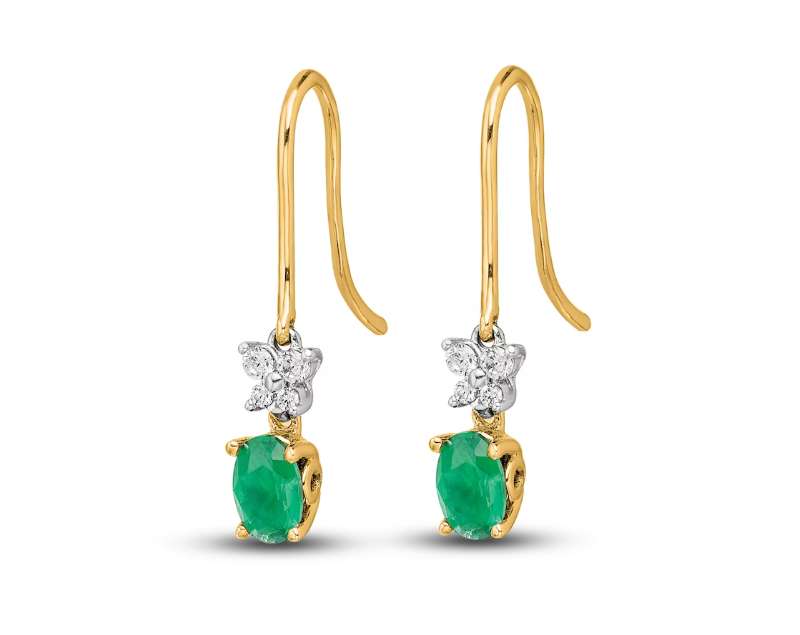
French Wire Closure Earrings
Similar to the shape of a fishhook, a thin piece of curved metal threads through the earlobe and rests in place. Typically used on dangling earrings, this closure does not lock or attach, but generally the weight of the earring keeps it in place.
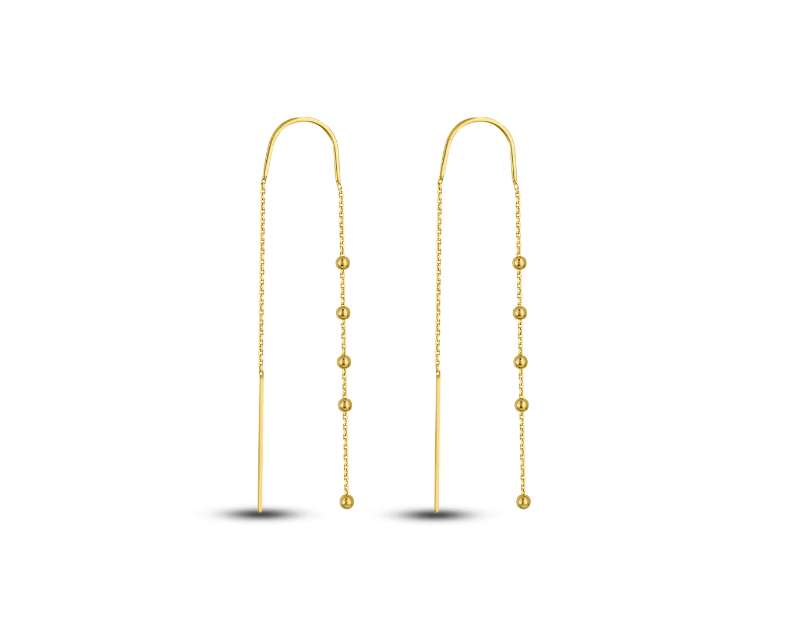
Threader Earrings
Like a delicate thread weaving through fabric, threader earrings are thin pieces of metal that gently go through the earlobe and hang down on either side. Simplistic yet edgy, these open-ended styles make a major statement.

